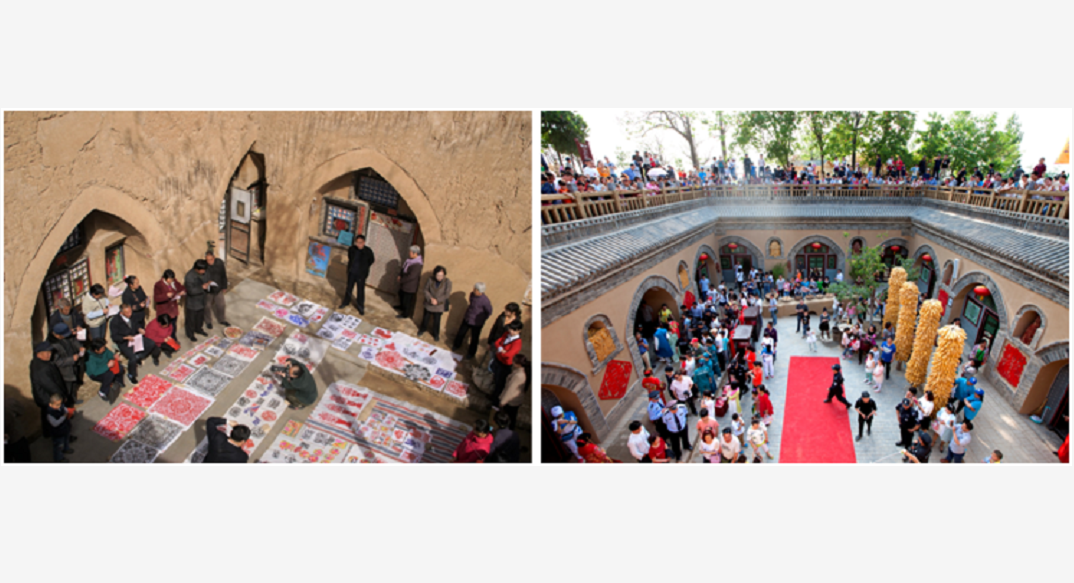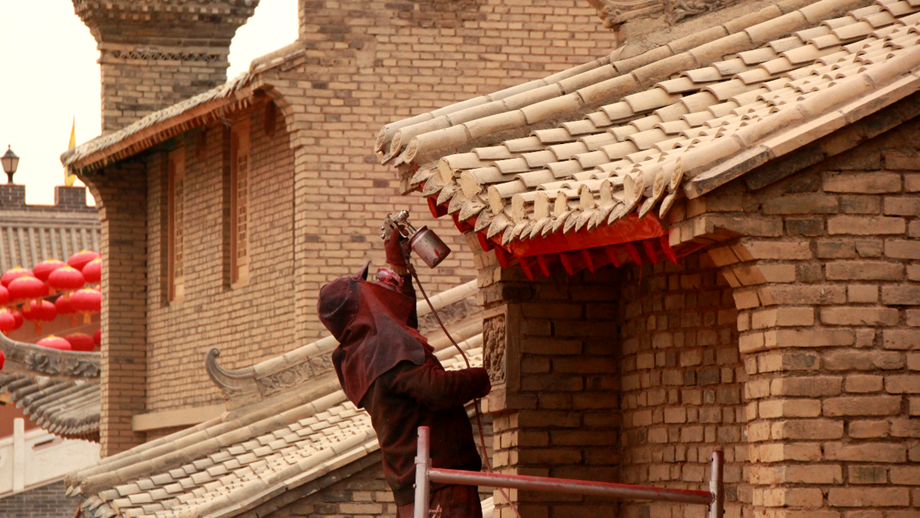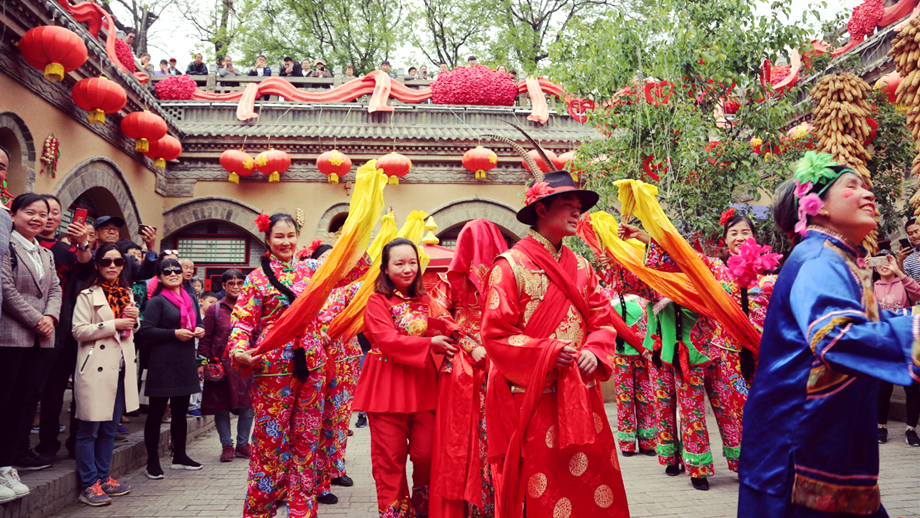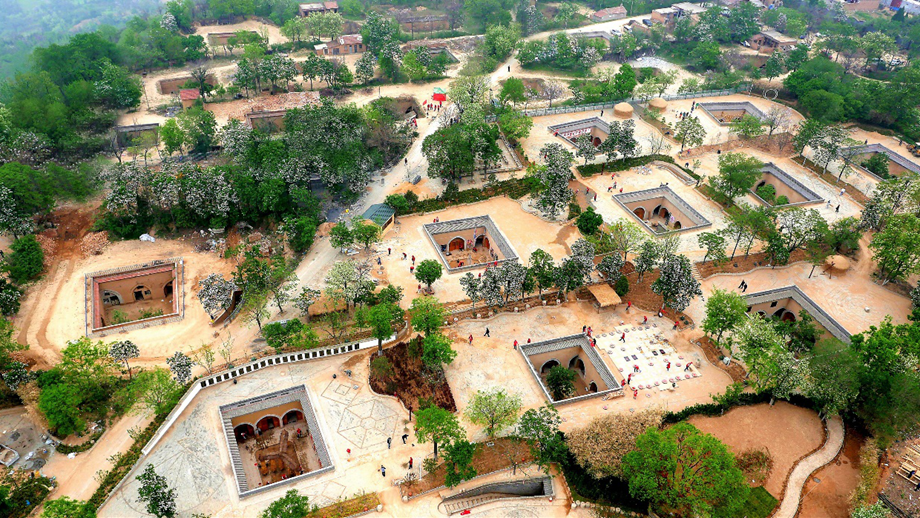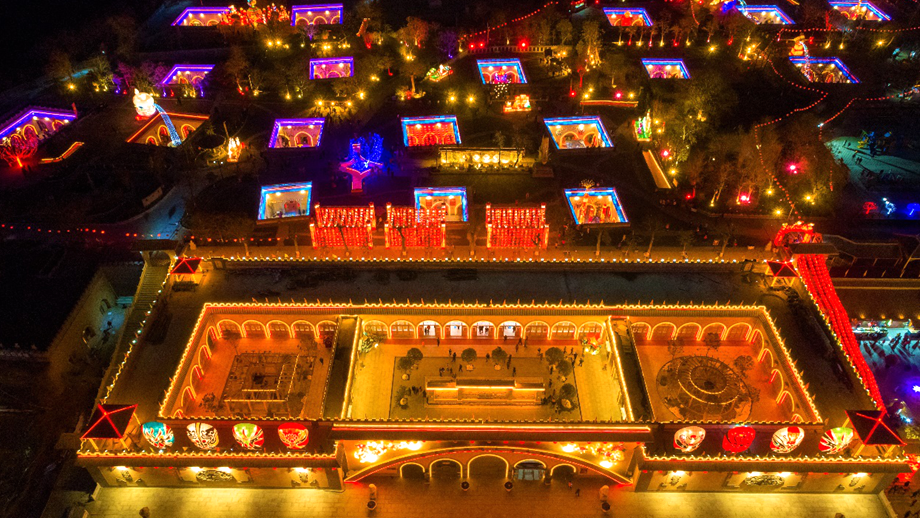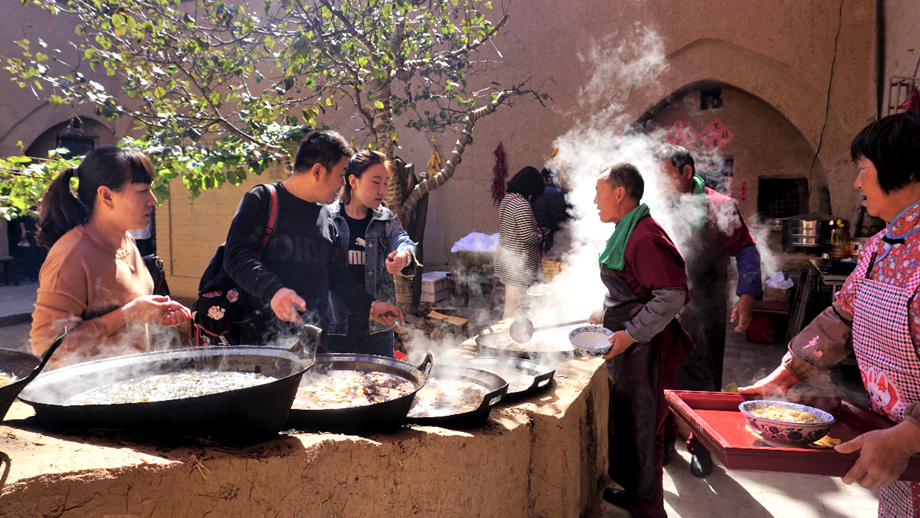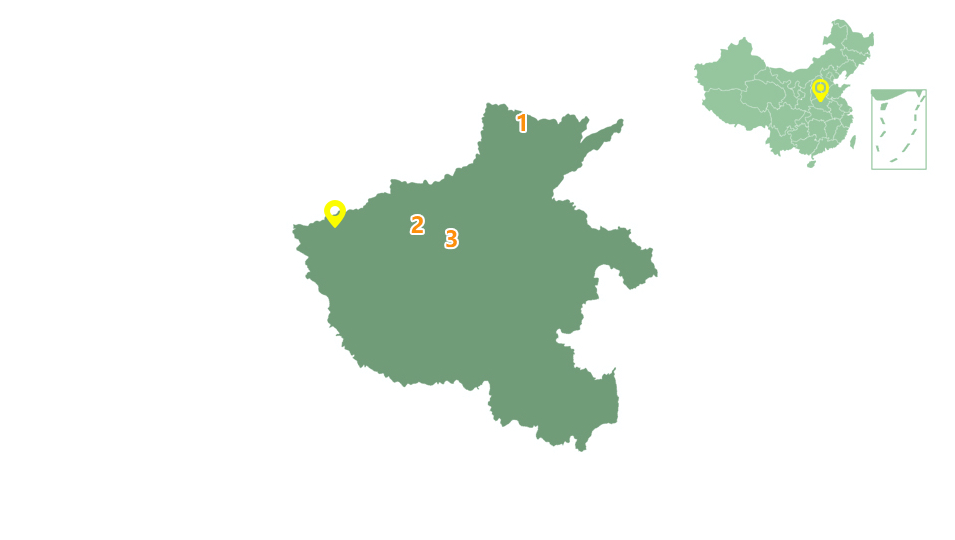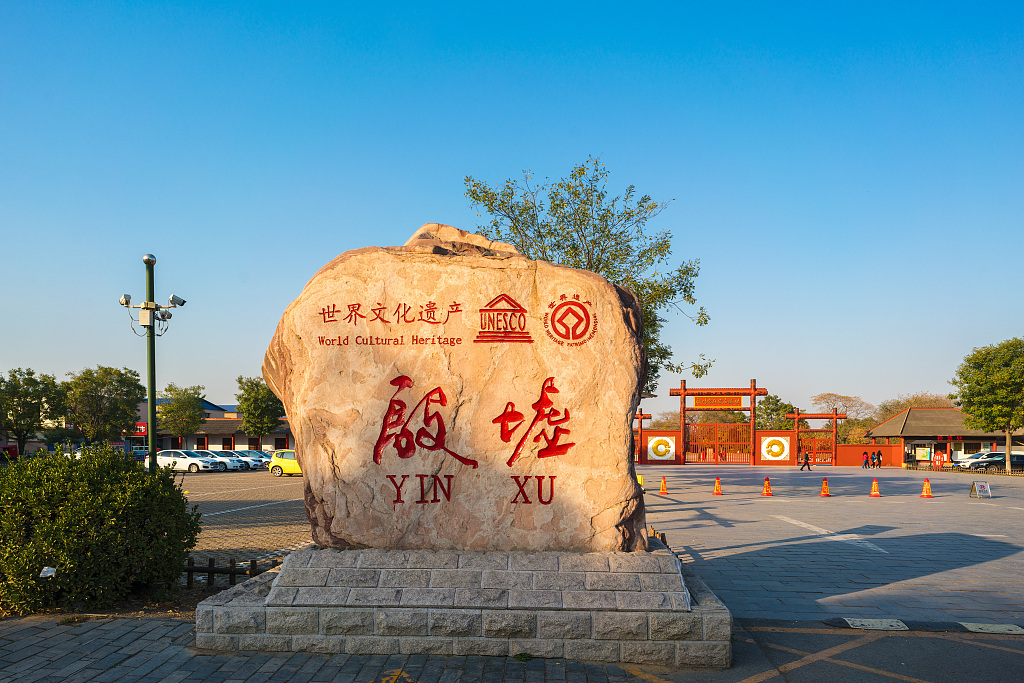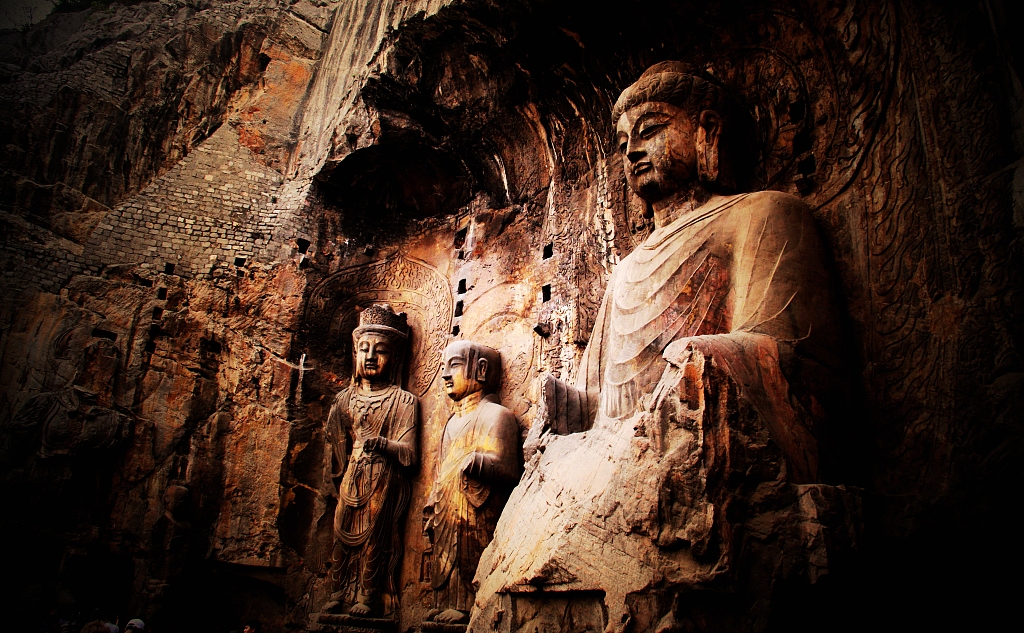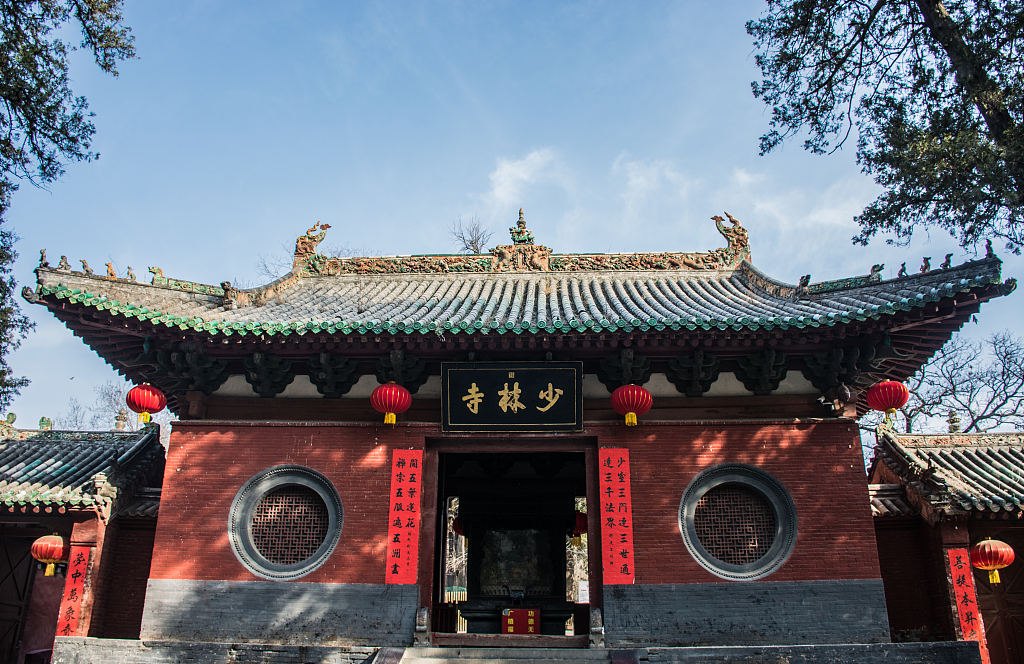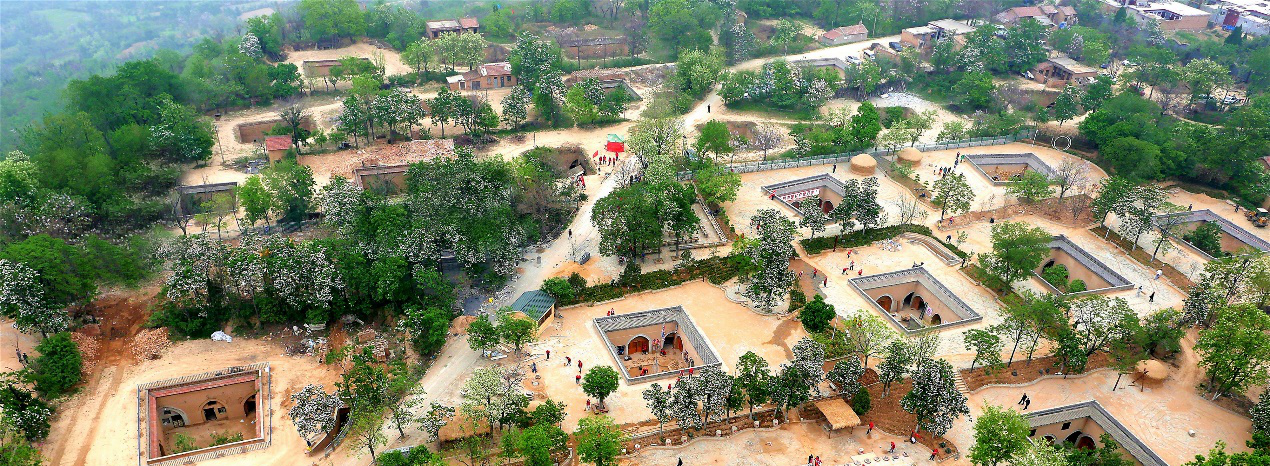
Shanzhou Silo-Cave Scenic Zone, Beiying Village, Sanmenxia City, Henan Province, China
Located in Beiying Village, Sanmenxia City, Henan Province, Shanzhou silo-caves are among the oldest living quarters in China and the world. Opened to public in 2016, the caves have since received 800,000 tourists a year on average, with an annual tourism revenue of 25 million RMB . To address the poverty situation in Beiying Village with the silo-cave tourism resources, the Scenic Zone and Beiying Village over the years have jointly pursued a strategy of relying on the silo-case resources, developing rural tourism, providing jobs, so as to lift the people out of poverty. Measures were taken to give priority to hiring poor people to work in the businesses and, in particular cases create jobs for them. Since 2016, Baiweixiang (Hundred-flavor Alley) in the scenic zone has employed 96 villagers from Beiying Village to work in its restaurants; Baiyiyuan (Hundred Arts Street) employed 69 villagers in its retail businesses, and the sanitation and security departments provided jobs for 216 villagers. In Beiying Village with a population of nearly 1,000 people, almost every family now has someone engaged in work related to tourism. Beiying Village has realized an annual tourism revenue of 4 million RMB. The villagers’ earned 4,000 RMB per capita annually through tourism as an additional income. The 15 people fit to work of the 13 impoverished households in Beiying Village are now all working in the scenic zone. The whole village has been lifted out of poverty 100%.
